How to create two different aggregates for the above without changing the DB design?
I think you simply have three Aggregates here: Order, Vendor and ProductType. A mental test that I always use is:
If A has a reference to B and I delete an A, should I automatically and without exception delete all Bs referenced by that A? If so B is part of the A Aggregate.
This doesn't seem to be true for any of the relationships in your diagram, so let's go with separate Aggregates for each entity.
This in turn makes each reference in the diagram one between different Aggregates.
As described in "Spring Data JDBC, References, and Aggregates" these must be modelled as ids in your Java code, not as Java references.
class Order {
@Id
Long orderid;
String name;
String description;
Instance created;
Long productTypeId;
}
class Vendor {
@Id
Long vid;
String name;
String description;
Instance created;
Long productTypeId;
}
class ProductType {
@Id
Long pid;
String name;
String description;
Instance created;
}
Since they are separate Aggregates each gets it's own Repository.
interface Orders extends CrudRepository<Order, Long>{
}
interface Vendors extends CrudRepository<Vendor, Long>{}
interface ProductTypes extends CrudRepository<ProductType, Long>{}
At this point I think we fulfilled your requirements. You might have to add some @Column and @Table annotations to get the exact names you want or provide a NamingStrategy.
You probably also want some kind of caching for the product types since I'd expect they see lots of reads with only few writes.
And of course you can add additional methods to the repositories, for example:
interface Orders extends CrudRepository<Order, Long>{
List<Orders> findByProductTypeId(Long productTypeId);
}
